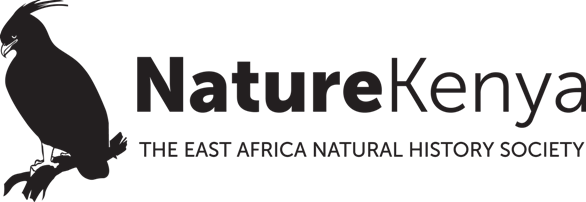By James Mutunga
Growing trees to restore forested landscapes has a positive impact on biodiversity, ecosystem resilience, and local livelihoods. In 2015, Africa set an ambitious goal of restoring 100 million hectares by 2030, with the Kenyan government committing to restoring 5.1 million hectares. To implement this goal, TerraFund for AFR100 was established in 2021. The consortium, consisting of World Resources Institute, One Tree Planted, Realize Impact, and Barka Fund, is determined to provide the necessary financing and support to local communities involved in land restoration.
In 2021, TerraFund provided grants to 100 projects and enterprises from 27 African countries, including 14 from Kenya. Two years later, TerraFund began a new financing phase to restore three important African landscapes: the Lake Kivu and Rusizi River Basin spanning Rwanda, Burundi, and the Democratic Republic of the Congo; the GreatRift Valley of Kenya; and the Ghana Cocoa Belt. This new cohort of 92 beneficiaries, which includes 78 non-profit and 14 for-profit organizations, will receive $17.8 million. The investment is projected to grow 12.7 million trees, restore 47,000 hectares of land, create 52,000 jobs, and benefit 586,000 people by 2030.
In Kenya, 36 organizations, including Nature Kenya, made it to the final selection, including 29 non-profit and 7 for-profit. These Kenyan restoration champions will receive $7.5 million in investment. This investment is projected to grow 4.5 million trees, put 13,000 hectares of land under restoration, create 21,000 jobs, and improve the livelihoods of 245,000 people.
Nature Kenya, with the support of TerraFund, is growing over 400,000 indigenous trees in six state forests in Cherangani Hills. This community-led initiative will employ 4000 local people and restore 320 hectares of forest land, while providing tree nursery skills to 150 volunteers. The project will impact more than 17,000 people directly and indirectly over six years.
Collaboration among indigenous communities, local government agencies, civil society organizations, and private investors is essential to restore the Cherangani Hills Key Biodiversity Area (KBA). This will ensure the continued provision of goods and services by nature. A partnership between the government and the people will help create an enabling environment for the preservation and protection of natural heritage. This will alleviate poverty, mitigate the effects of climate change, and enhance the resilience of natural systems and communities.
Cherangani Hills KBA is a vital area in the Rift Valley region, spanning three counties. It is home to endangered biodiversity and plays a crucial role in supporting food security, flood disaster control, climate change mitigation, water provision and conservation, and other critical services. Threats to the KBA stem from several human-driven pressures as a result of rapid population growth and the increasing incidence of poverty, which has triggered encroachment into the forests for settlements, farming, timber, charcoal, firewood and grazing. Forest management is affected by changing lifestyles among local communities, notably the adoption of crop farming by pastoral communities. Faced with high incidences of livestock loss because of persistent drought and cattle rustling, pastoralists have turned to crop farming including farming in the forests. The ecosystem has similarly suffered from the impacts of the changing climate, which has intensified livestock grazing in the forests due to the loss of pasture because of the increased recurrence of drought.
In the past ten years, forest degradation has resulted in adverse effects on the goods and services people get from the forest. Water quantity and quality have been deteriorating. Capacity for flood regulation within the landscape has declined, associated with incidences of soil erosion and deadly landslides. A degraded forest ecosystem affects human health, which is dependent on good air quality, climate regulation, water storage and availability, fertile soils, and diverse wildlife. Degradation continues to decimate the resiliency and ability of the Cherangani ecosystem to provide the natural services that provide the ambience needed by humans.
